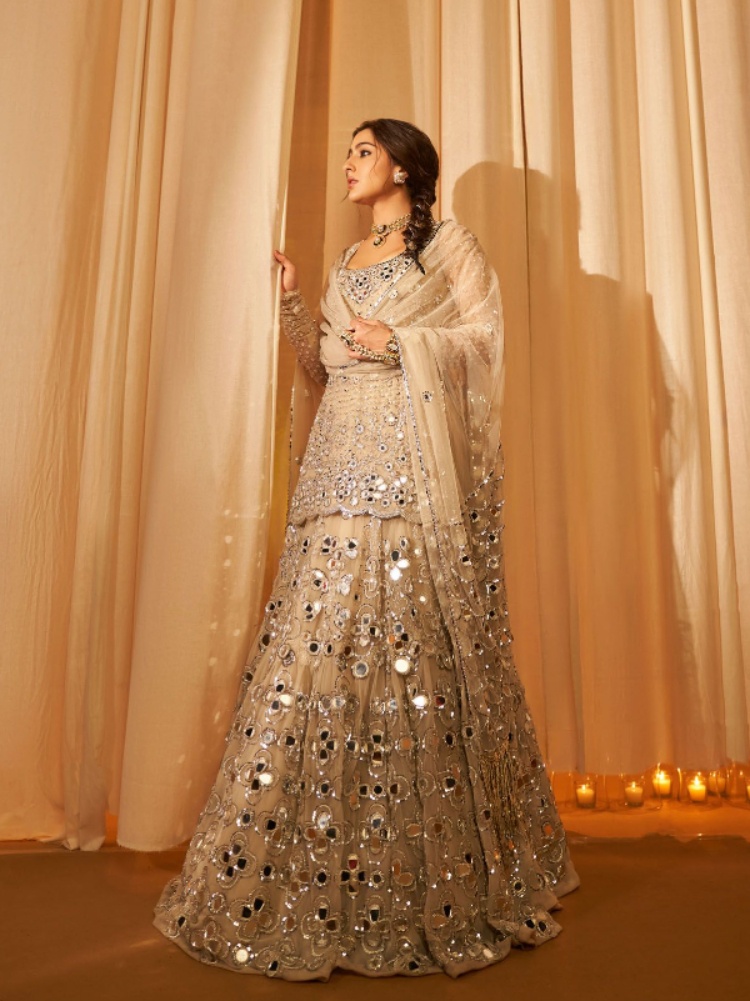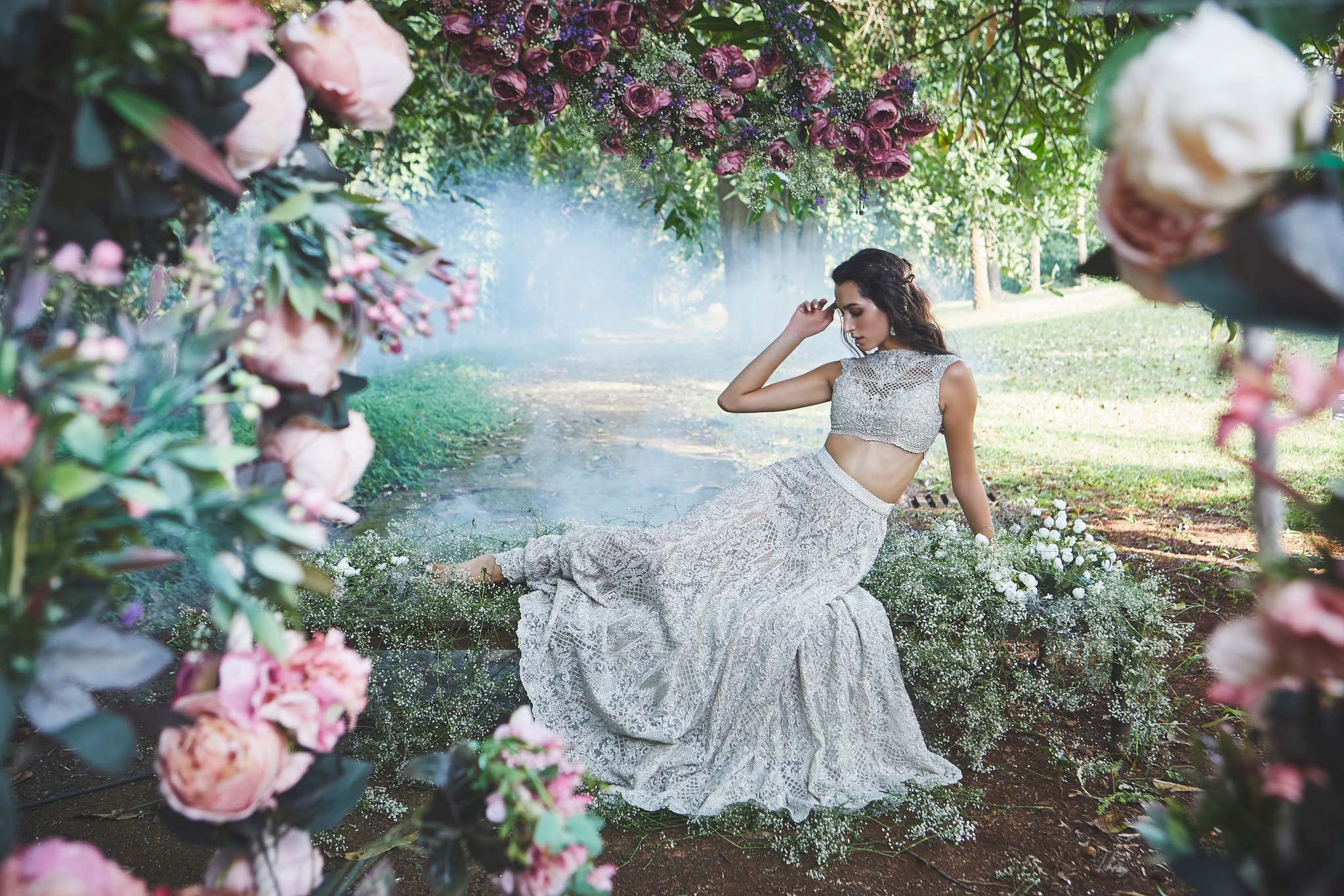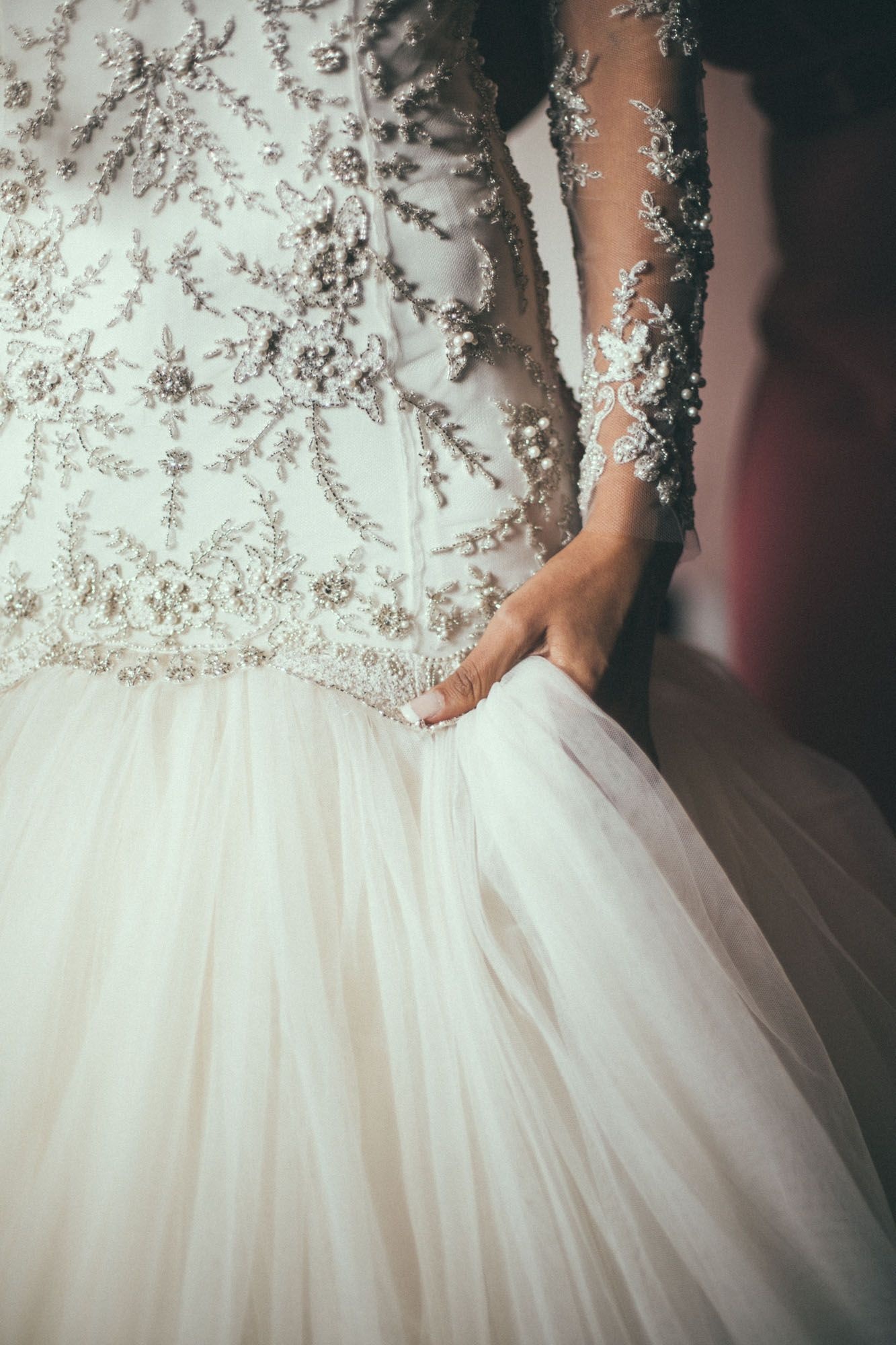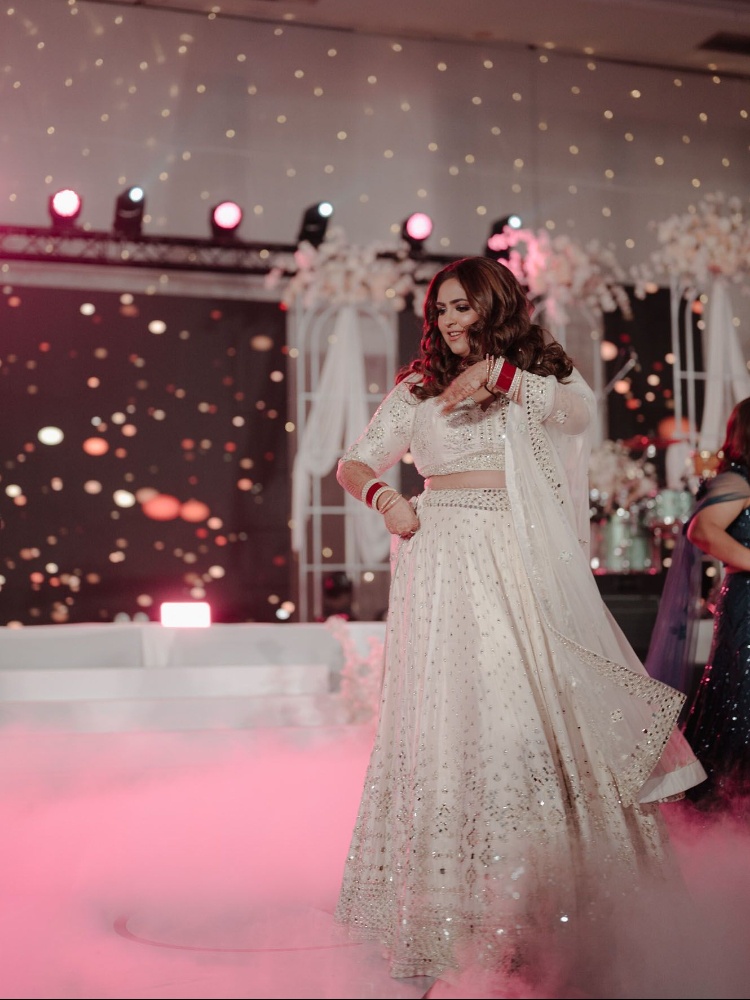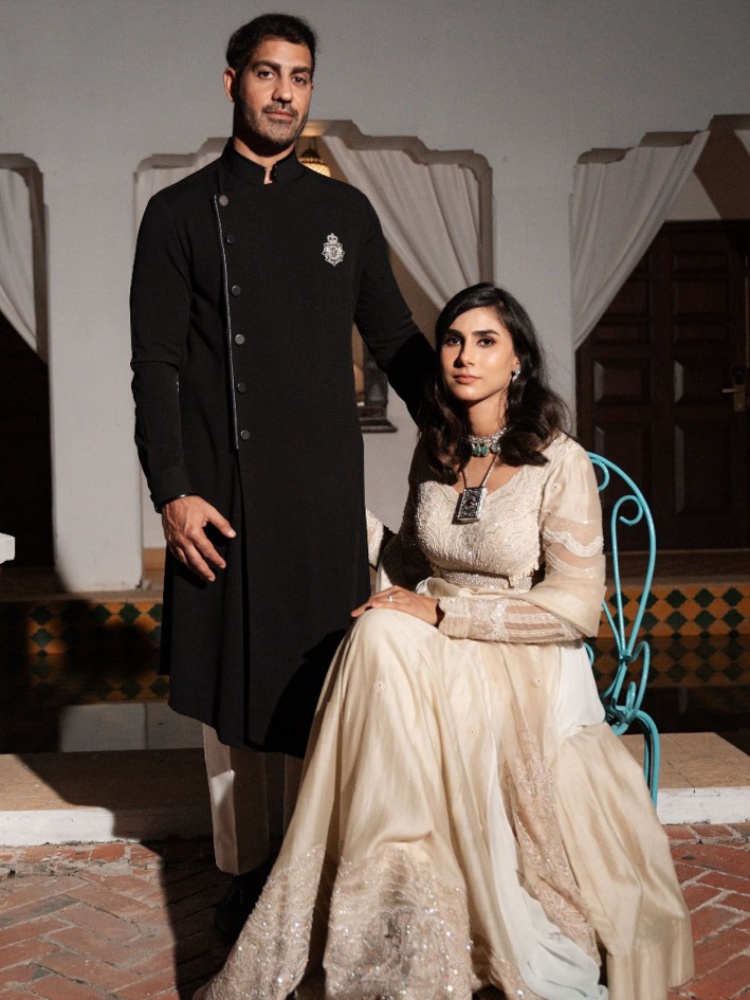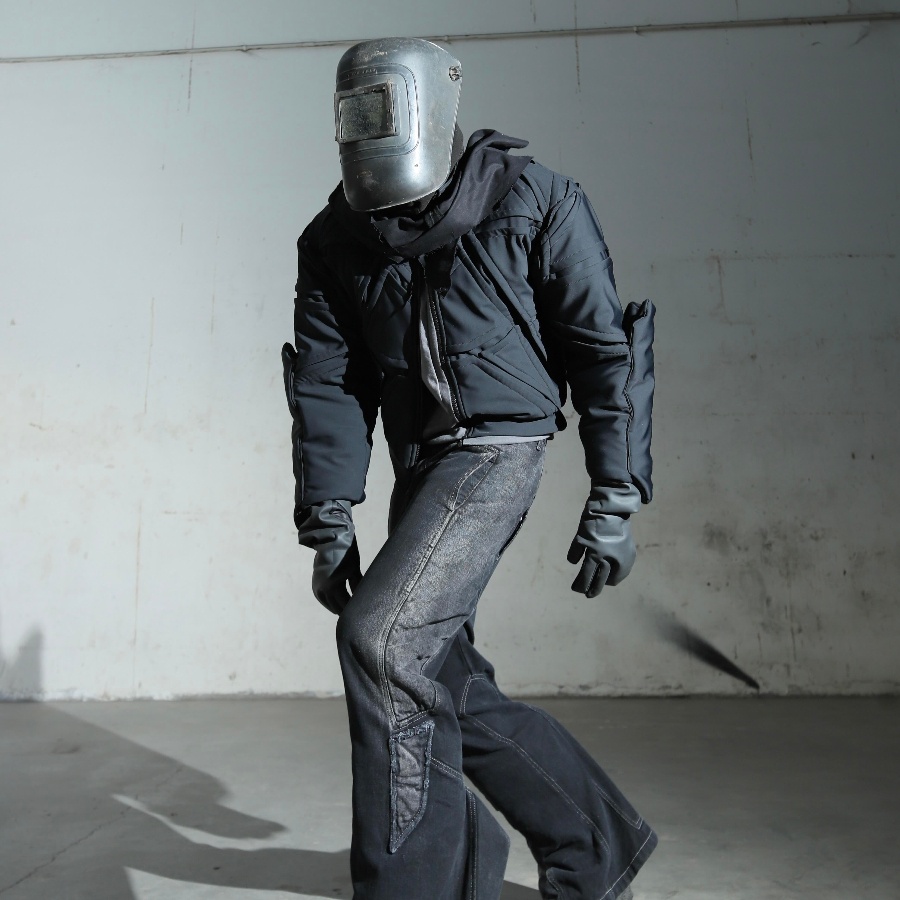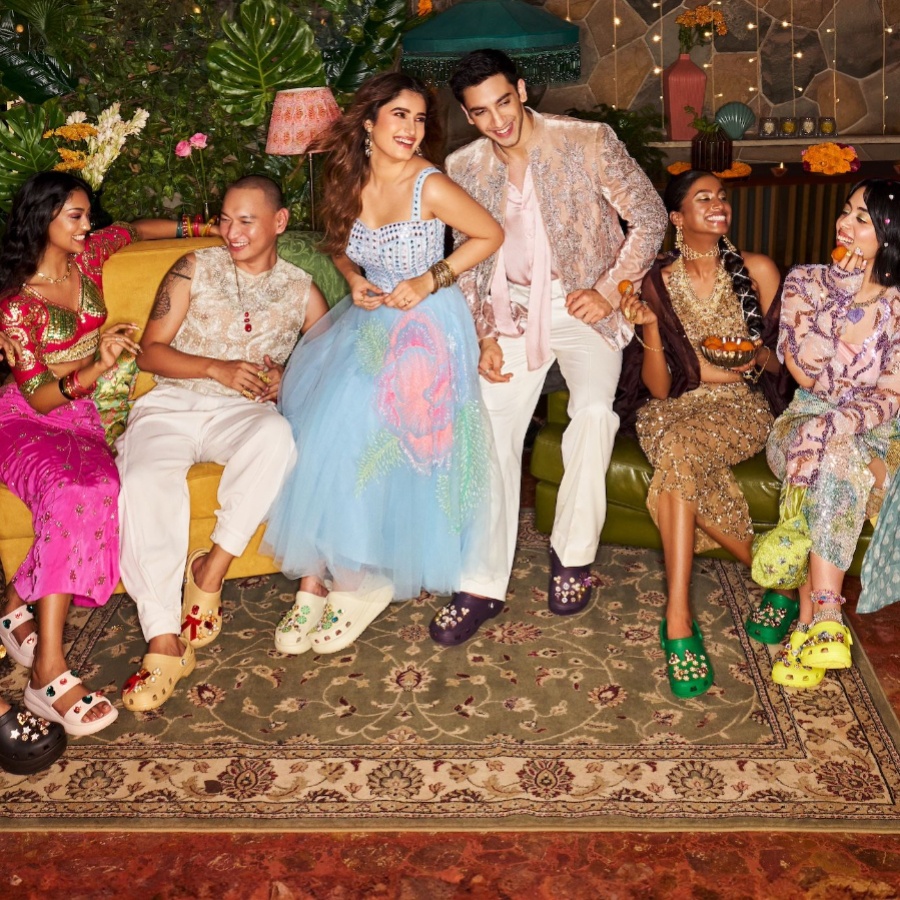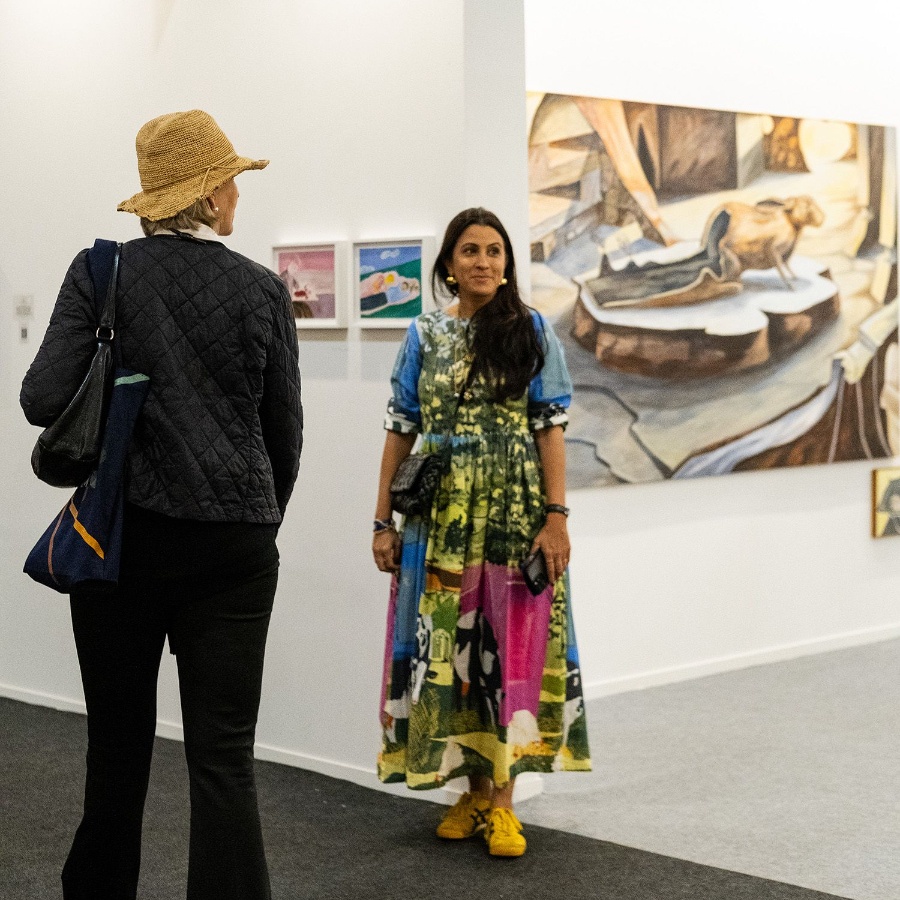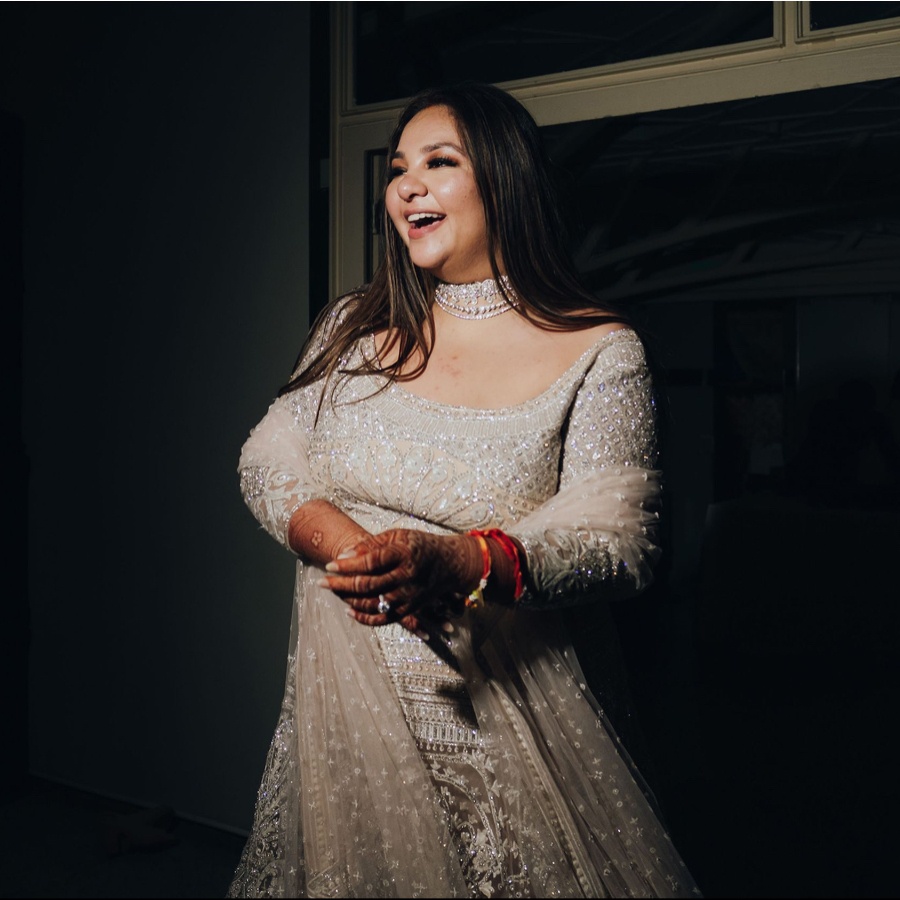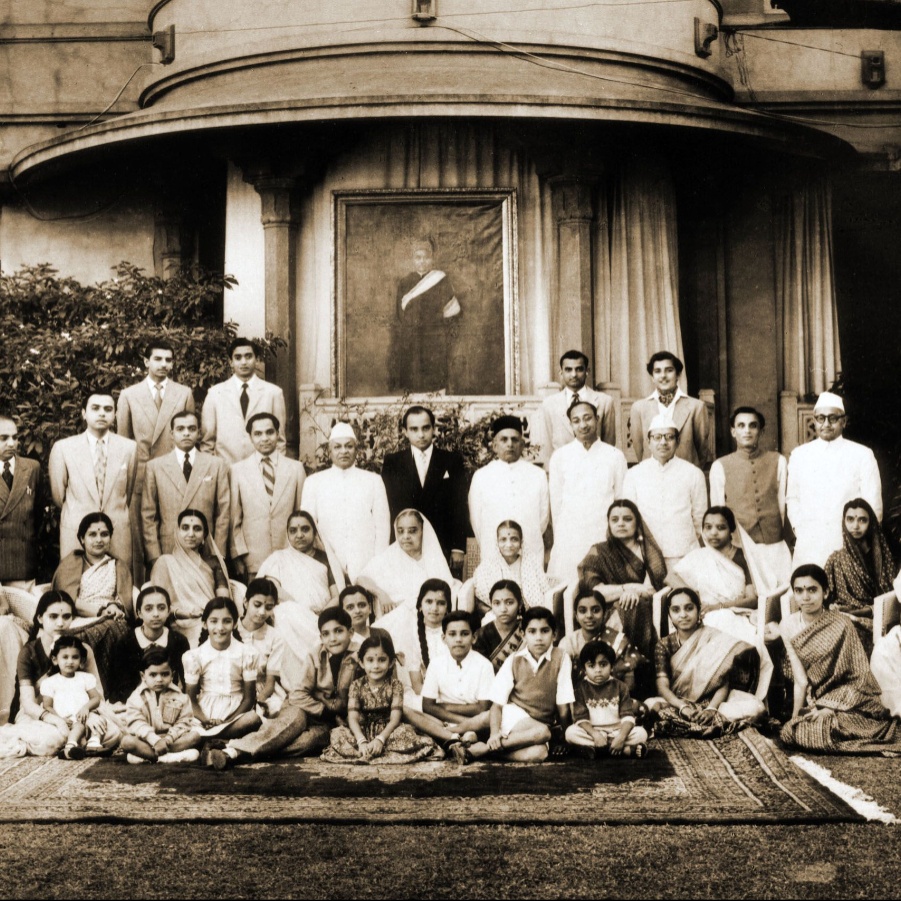For years, the image of the quintessential Indian bride has been painted in our minds in deep shades of red or pink. But a subtle shift is taking place on the wedding scene; call it a whisper of rebellion against tradition, but white is in. More and more Indian brides are choosing the classic charm of ivory, cream, and subtle shades of off-white for their big day.
This isn’t just a fleeting trend. In 2022, actor Alia Bhatt’s choice of an ivory Sabysachi drape may have cemented this shift, but it can be argued that Anushka Sharma’s blush-toned wedding in 2017 paved the way for this exploration of softer colours.
Earlier this year, Sonakshi Sinha, chose a white-on-white chikankari-embroidered sari from her mother’s personal collection for her intimate, at-home celebrations, saving the sindoor-red Raw Mango sari for the reception that took place later on.
Social media has not just shown us the details of these celebrity wedding looks, but also expanded the range of inspirations available to new brides. Designer Abhinav Mishra, who recently unveiled his collection of white bridalwear, says, “Platforms like Instagram have also opened up a global view of bridal fashion, making brides more aware of international trends, where white is more commonly used for weddings.”
